If you’ve heard of half-frame cameras, you’ve likely heard of the Olympus Pen-F. Originally released in the 1960s, this camera was designed to shoot half-frame images, which meant that instead of capturing 24 or 36 exposures on a roll of 35mm film, you could get twice as many pictures by shooting two half-frame photos side by side. Meaning a 36-exposure roll of film could yield 72 images.
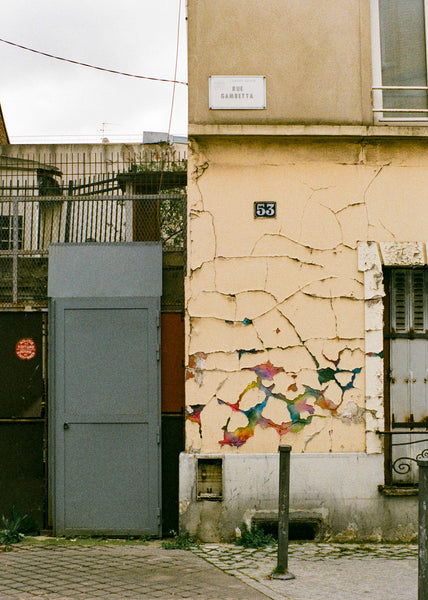
A series of cracks, repainted with rainbow watercolour paint - Fujifilm Superia 400
Recently, I had the opportunity to shoot an Olympus Pen-F camera on a trip to Paris, with the G. Zuiko Olympus Zuiko 40mm f/1.4 lens. This was my first time ever shooting the half-frame format, and it felt great not being conservative when shooting film for the first time. Here are my thoughts on the experience:
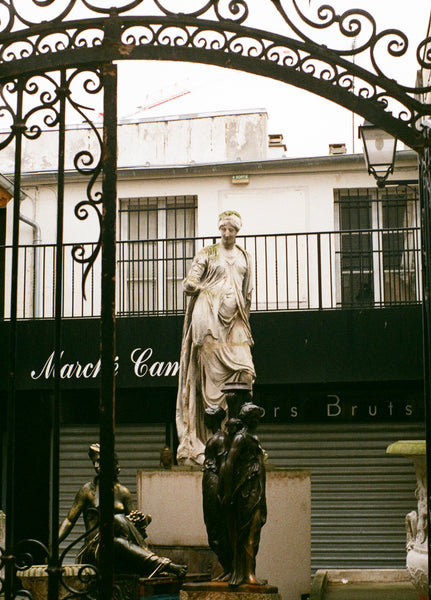
A statue in the antiques district of Paris - Fujifilm Superia 400
The Olympus Pen-F is a compact camera that resembles a rangefinder in shape and size, despite technically being an SLR camera (just take the lens off to reveal a tiny, sideways mirror!). This feature makes it convenient for people who embark on citywide excursions as they won't have to carry around a bulky SLR while exploring narrow streets or cramped sidewalks characteristic of cities like Paris. I could effortlessly fit the Pen-F into either my bag or pocket, but I found it most convenient on a strap around my shoulder.
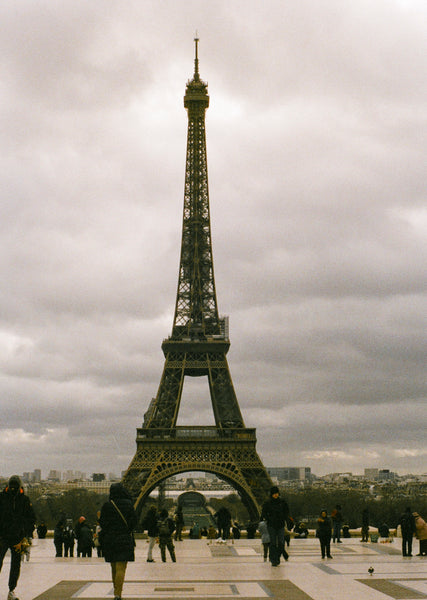
A relatively famous tower - Fujifilm Superia 400
However, the small size of the camera does come with a downside: the viewfinder is quite small and not as bright as the viewfinders on other cameras, and it takes some getting used to. Another point to mention is that the viewfinder is in portrait orientation by default, something else to get used to! I shot with Fujifilm Superia 400 film, a relatively affordable colour film. One of the downsides of shooting film in today’s world is the rising cost of film and development, but Fujifilm Superia 400 is still relatively affordable (if you can find it). I was able to shoot around 70 images on a single roll of 35mm, and the film scans came back a lot better than I expected.
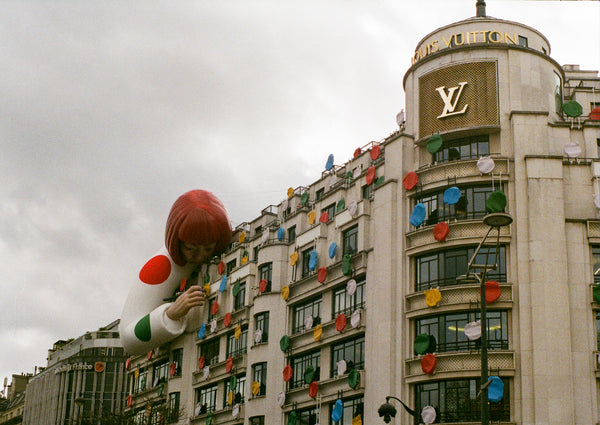
Artist Yayoi Kusama taking over the Louis Vuitton building - Fujifilm Superia 400
One of my favourite things about this combination has to be the Olympus G. Zuiko 40mm f/1.4 lens. Being an f/1.4 lens, it makes it ideal for capturing photos in poorly lit places such as dimly lit corners and alleys that add to Paris's romantic ambience. The mood I was able to capture while using this lens encapsulated perfectly what one would expect from a city renowned for its cafes scattered throughout dark alleyways. Unfortunately, despite the exceptional image quality, with an equivalent focal length of around 58mm on full-frame, it felt too cropped in for my liking, a wider lens, like the 25mm f/2.8 (with a 35mm full-frame equivalent) might have been a better choice.

A portrait of my great-uncle - Fujifilm Superia 400
By and large, my experience of taking photographs in Paris with the Olympus Pen-F was thoroughly enjoyable. Despite some minor restrictions imposed by the camera, it is highly portable and budget-friendly - a fantastic pick for photographers interested in film photography without too much commitment.

A hidden alleyway off of the Champs-Elysees - Fujifilm Superia 400
I would suggest giving the Olympus Pen-F a try, whether you’re new to photography or a seasoned veteran. It’s a fun, compact camera and despite what people have to say about the lower resolution of half-frame cameras, I found the results to be really pleasing and I reckon it would do even better with a lower ISO film.
Written by Ethan Delgado
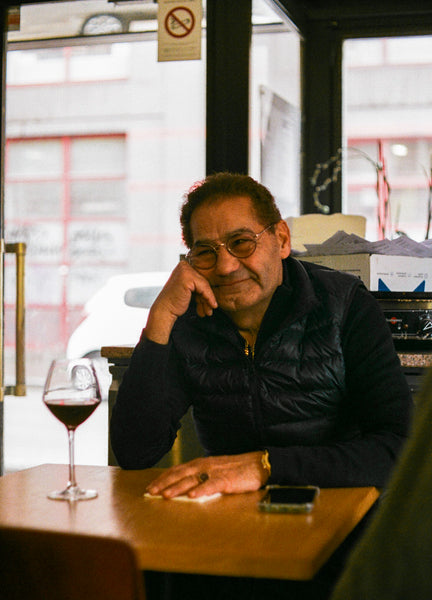
A portrait of an antiques dealer in Paris - Fujifilm Superia 400

